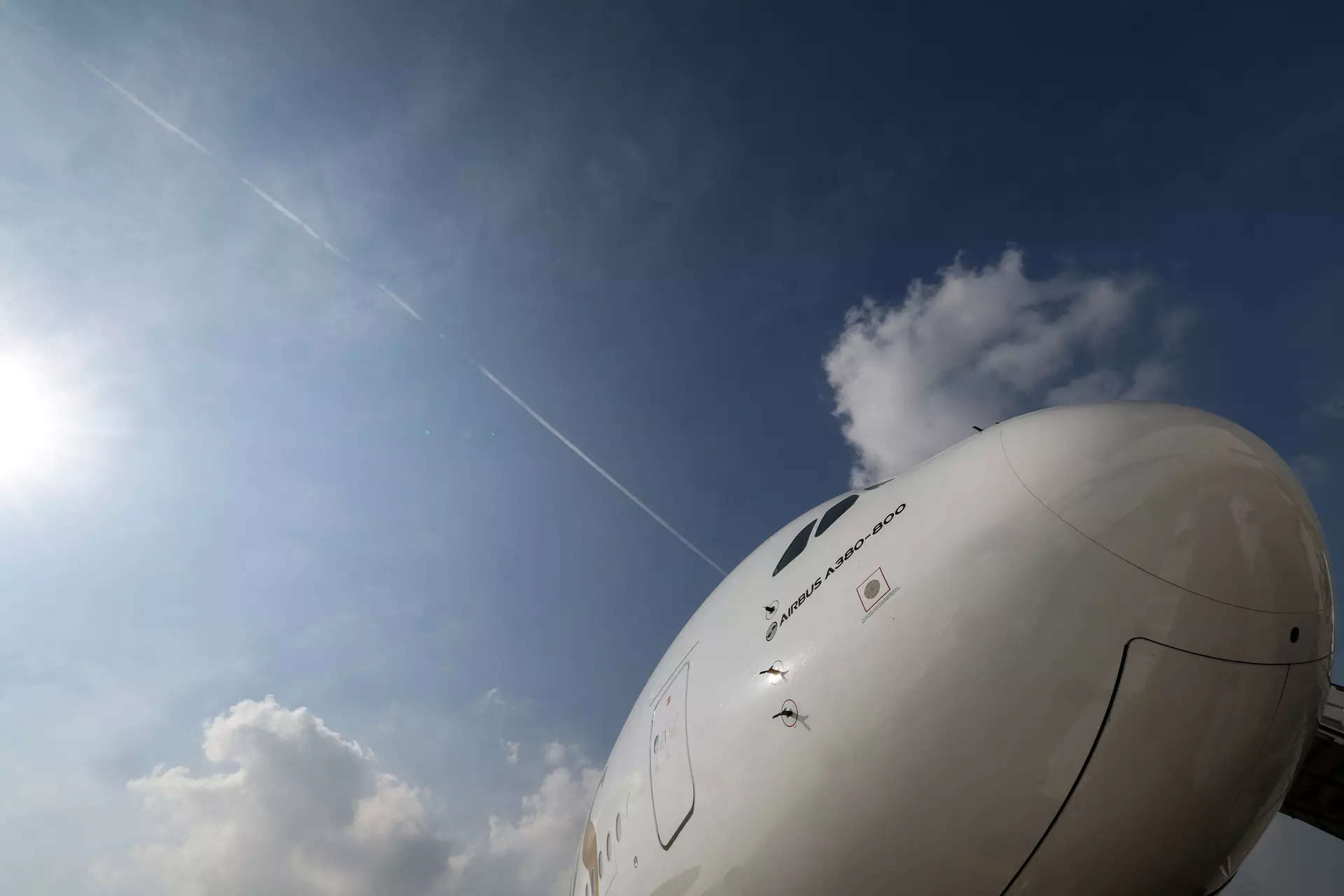
In 2023, Sustainable Aviation Fuel (SAF) volumes reached 600 million liters, doubling the previous year’s production. Despite this growth, SAF accounted for only 3 per cent of all renewable fuels, with the majority (97 per cent) allocated to other sectors.
The International Air Transport Association (IATA) sharing its projections on SAF production, revealed promising growth. The anticipated tripling of production in 2024 is expected to amount to 1.875 billion liters, representing 6 per cent of renewable fuel capacity but just 0.53 per cent of aviation’s fuel needs.
Willie Walsh, IATA’s Director General, highlighted the growth as encouraging but expressed concerns. He emphasised that despite this expansion, SAF’s share in renewable fuel production is still limited, currently at 3 per cent and projected to reach only 6 per cent by 2024. Walsh stressed the need for a substantial increase, aiming for aviation to secure 25-30 per cent of renewable fuel capacity for SAF to effectively achieve net-zero carbon emissions by 2050.
“Governments must prioritise policies to incentivise the scaling-up of SAF production and to diversify feedstocks with those available locally,” he added.
IATA stated that the outcomes of the Third Conference on Aviation Alternative Fuels (CAAF/3) by the International Civil Aviation Organization (ICAO) set a global framework targeting a 5 per cent reduction in carbon intensity for aviation fuels by 2030. To meet this goal, around 17.5 billion liters of SAF must be produced. Walsh urged governments to implement policy measures facilitating a significant increase in SAF production to fulfill these objectives.
Demand for SAF isn’t the issue, said IATA, adding that every produced drop has been purchased and utilised, contributing $756 million to the fuel bill in 2023. Airlines, totaling at least 43, have committed to utilizing approximately 16.25 billion liters of SAF by 2030, showing industry support. However, unlocking supply to meet this demand remains the primary challenge.
Future projections foresee over 78 billion liters of renewable fuels by 2029, requiring government policies to incentivise producers to allocate 25-30 per cent of output to SAF, aligning with CAAF/3 goals and existing commitments.Policy objectives centered on incentivising SAF production aim to accelerate investments by traditional oil companies, ensure adequate quantities of SAF within renewable fuel incentives, promote regional feedstock diversification, prioritise potential production projects, and establish a global SAF Accounting Framework.
IATA stressed that diversification remains critical. The majority of upcoming SAF facilities (85 per cent) will use Hydrotreatment (HEFA) technology, relying on limited feedstocks like inedible animal fats and used cooking oil.
Policy recommendations emphasise diversifying SAF production via certified pathways like Alcohol-to-Jet (AtJ) and Fischer-Tropsch (FT), utilising bio/agricultural waste, and identifying new feedstocks.
Further, a significant passenger survey by IATA also revealed strong support for SAF, with 86 per cent advocating for government incentives and prioritisation by oil companies to supply SAF to airlines.



